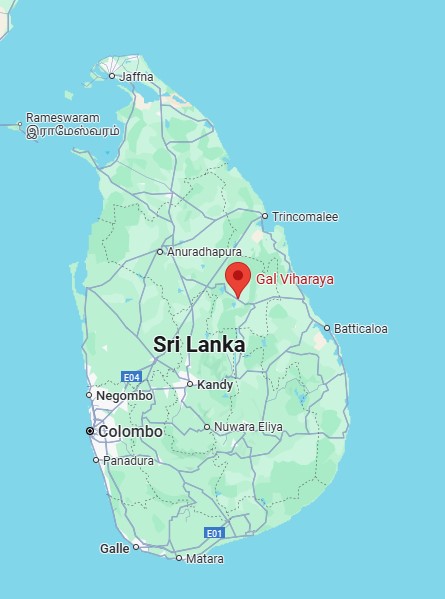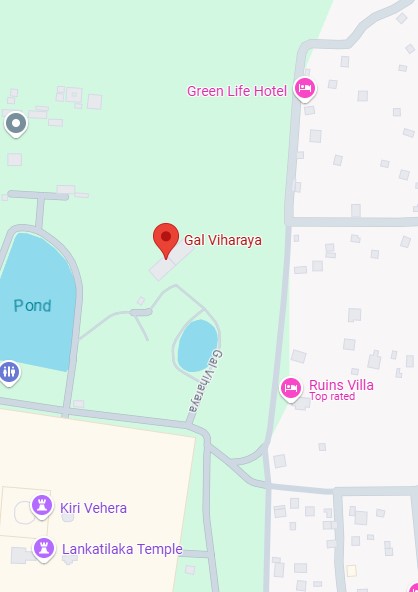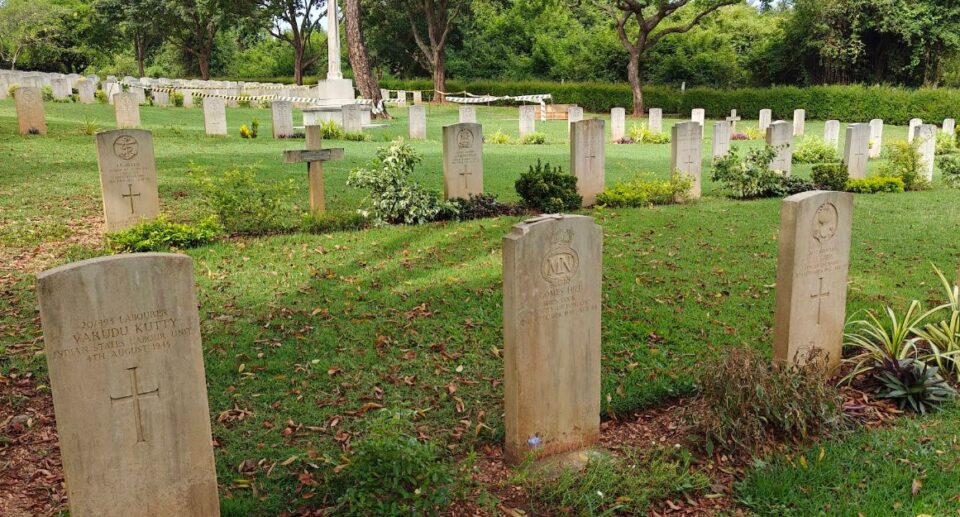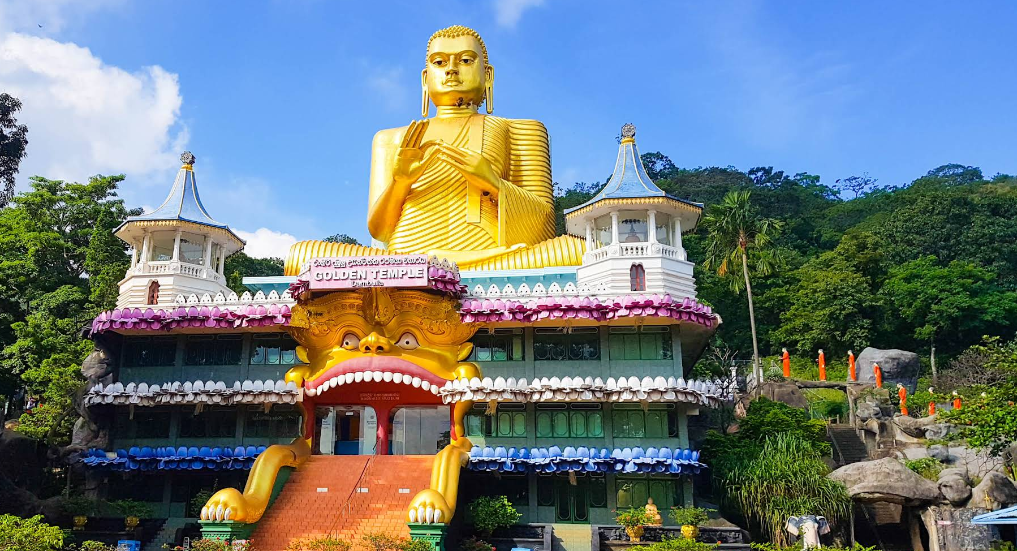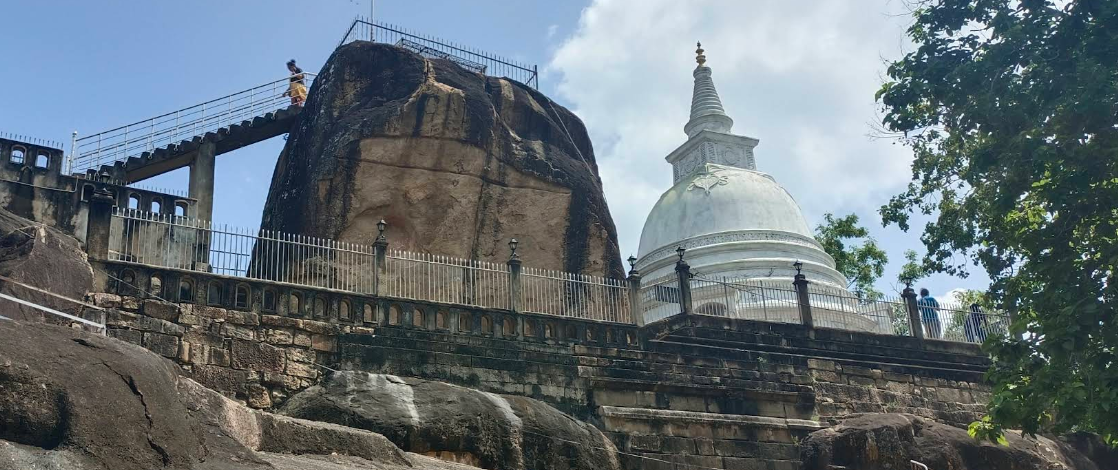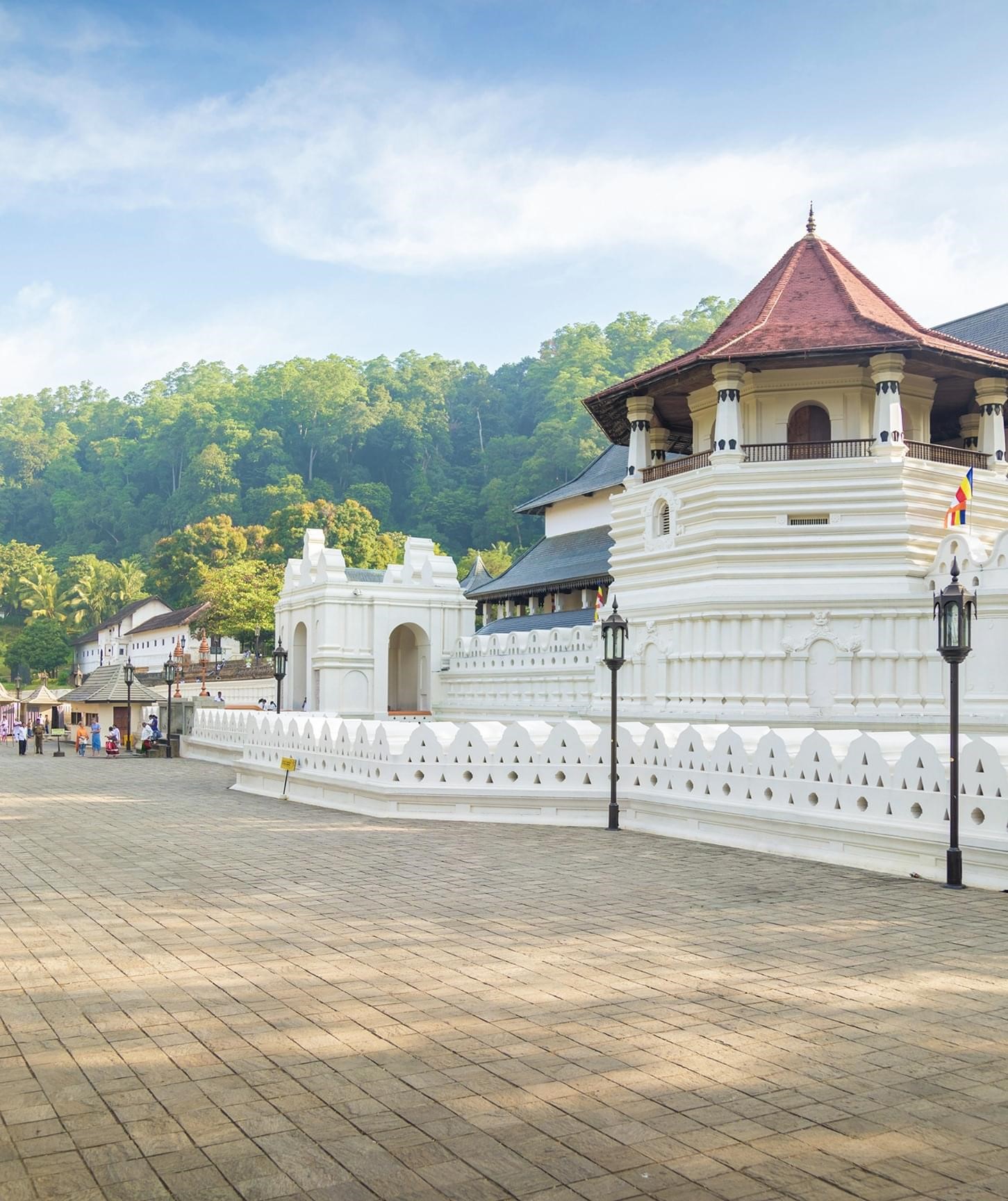Uttararama Gal Vihara – The Jewel of Polonnaruwa
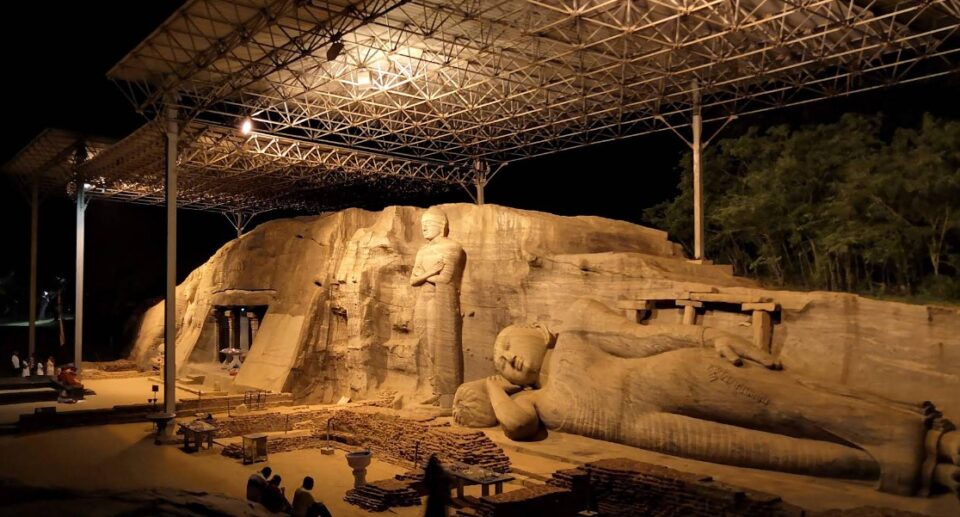
In the middle of Sri Lanka’s medieval capital city of Polonnaruwa, amidst scattered ruins and sacred sites, stands one of the finest pieces of Sinhalese Buddhist art and architecture — Uttararama, more popularly known as Gal Vihara. This magnificent rock temple complex, carved out of a single granite outcrop, is famous for its gigantic Buddha statues that represent the artistic and spiritual height attained during the Polonnaruwa era. Gal Vihara still inspires with its peaceful atmosphere and timeless beauty, a witness to the religious devotion and artistic excellence of Sri Lanka’s ancient history.
Historical Background
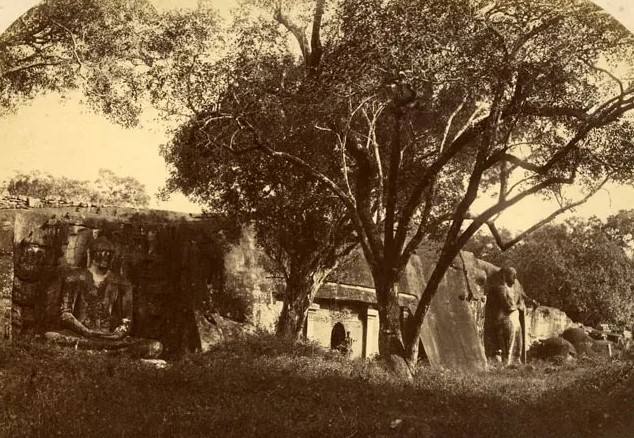
The Gal Vihara, originally named Uttararama or “Northern Monastery”, was constructed in the 12th century, during the reign of King Parakramabahu I (1153–1186 AD), one of the greatest rulers of the Polonnaruwa period. This was a time of prosperity and fervent religious activity, and Parakramabahu attempted to reform and purify the Buddhist clergy while building monumental religious structures.
As part of his religious reforms and construction aspirations, he commissioned the construction of several temples and monasteries, one of the finest of which is Uttararama. The site was within a larger monastic compound and served as a religious and educational center for monks, playing a significant part in the preservation and spread of Theravāda Buddhism.
Location and Layout
Uttararama (Gal Vihara) is located in the Polonnaruwa Sacred City, a UNESCO World Heritage site in the North Central Province of Sri Lanka. The temple is part of the larger Polonnaruwa archaeological site, where many of the ancient structures and monuments from the 10th to 13th centuries are preserved.
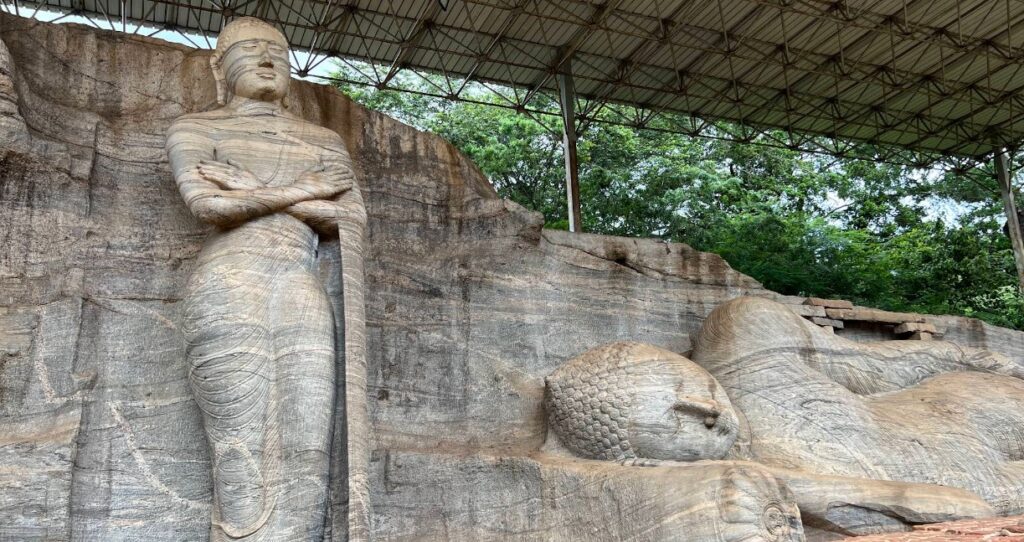
The Gal Vihara complex is situated in front of a large granite rock face, where four Buddha images have been cleverly carved directly from the living rock. The images stand together, each depicting a different pose of the Buddha and conveying an intense feeling of spiritual calm and devotion.
The Four Buddha Statues
The true marvel of Gal Vihara is its four colossal Buddha statues, each carved with such technical excellence and spiritual intensity that they continue to attract visitors from around the world.
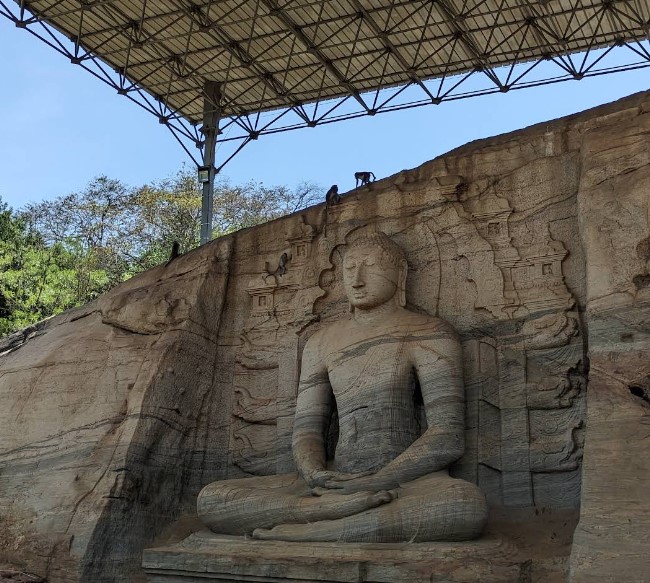
- The Seated Buddha (Meditation Posture)
Position of the leftmost of the group, with a height of about 15 feet (4.6 meters) tall, is the Buddha. The philosopher is in Dhyana Mudra, or the meditation mudra, and is cross-legged seated over a lotus pedestal. The eyes are shut in profound contemplation, and the demeanor reflects peace and inner calm. At the rear, the backdrop that is carved shows an arch, which might be a halo or a niche.
The final answer is:.
- The Small Seated Buddha Within a Rock-Cut Chamber
Next to the large seated image is a smaller one placed inside a rock-cut cave shrine. The seated Buddha is enclosed by a carved canopy and decoration. The setting suggests a more intimate devotional chamber, possibly used for instruction or recitation.
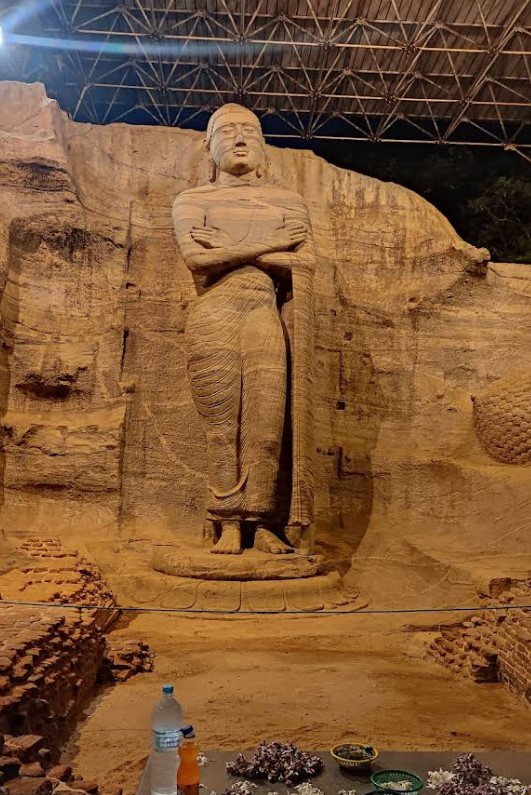
- The Standing Buddha
Most contentious of the images of Gal Vihara, the standing Buddha rises over 23 feet (7 meters) tall and is carved in crossed arms — a pose uncommon in classical Buddhist art. Some have interpreted this as a depiction of Ananda, the senior disciple of the Buddha, in mourning after the Parinirvana (death) of the Buddha. But the majority of historians accept it as an uncommon image of the Buddha himself, depicting contemplation or spiritual energy. - The Reclining Buddha (Parinirvana)
The final and the largest figure is that of the reclining Buddha, which measures about 46 feet (14 meters) in length. The massive statue depicts the Buddha in his final moment entering Nirvana, lying on his right arm with his head in his hand and a calm smile on his face. It is one of the most poignant and graceful depictions of the final moment of the Buddha’s life, and it leaves the viewer with a deep sense of peace and transcendence.
Artistic and Technical Excellence
The Gal Vihara statues are masterpieces of Sri Lankan rock sculpture. Although hewn from one single granite rock, each statue varies in expression, pose, and spiritual meaning. The artists managed to combine strength with subtlety, conveying emotion, movement, and divine tranquility to the harsh stone.

Most striking is the finish and detail of the granite, particularly in the folds of the robes, the facial features, and the naturalistic modeling of the human form. The proportionate balance and the use of negative space reflect the extremely high level of artistic and technical expertise achieved by ancient Sinhalese craftsmen.
Religious Significance
Gal Vihara is not merely an artistic masterpiece — it is a deeply sacred one. The statues show the three principal poses of the Buddha: seated (meditation), standing (contemplation), and reclining (parinirvana). Together, they tell a story of the Buddha’s doctrine and final liberation from the cycle of suffering.
That there are certain ancient inscriptions near the site, some specifically assignable to King Parakramabahu I, is a point that suggests Gal Vihara was also within the broader religious mission — not only of promoting worship, but also of unifying and codifying the Buddhist monastic order. Monks of different sects were accommodated here to study and practice under common rules and dogma.
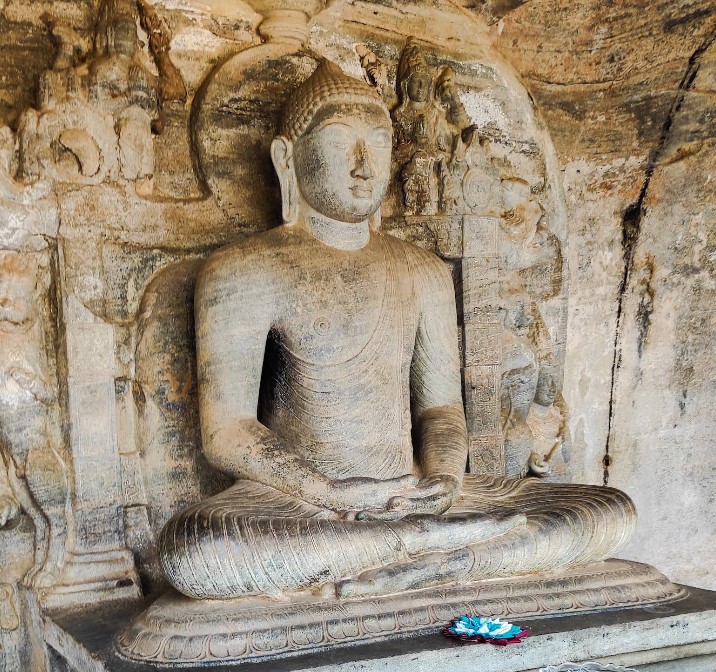
Inscriptions and Historical Records
There are a few stone inscriptions near Gal Vihara that give us information about the rules of monastic life at that time. These rules are in Pali and Sinhala and were implemented by the king himself. They give information on such things as the duties of monks, the requirement of moral conduct, and monastic discipline rules.
These inscriptions not only add to the site’s historical value but also serve to underscore its role as a center of Buddhist learning and reform during the Polonnaruwa era.
Preservation and Legacy
Gal Vihara is one of Sri Lanka’s most visited and best-preserved ancient sites today. As part of the Polonnaruwa Sacred City, it is under the protection of the Department of Archaeology and has been declared by UNESCO for its cultural and spiritual value.
Conservation work is being done to preserve the statues from the vagaries of weather and human impact. The site is today overlaid with a massive protective roof, and notice boards apprise visitors of its religious and historical importance.
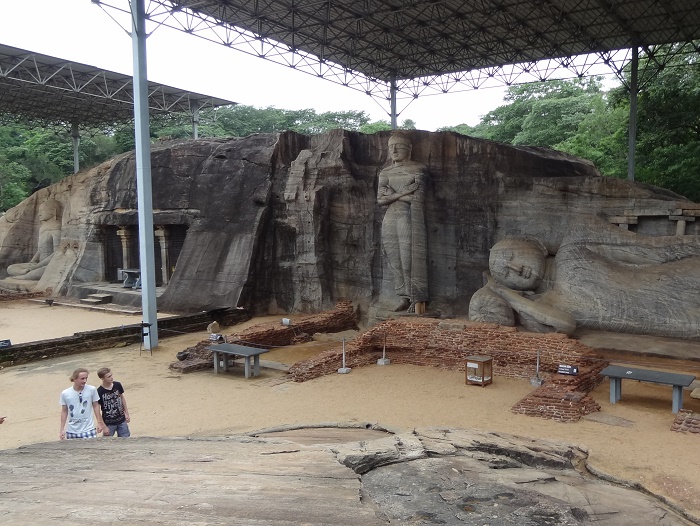
Gal Vihara continues to inspire artists, historians, monks, and visitors alike. It remains a potent symbol of Sri Lanka’s spiritual heritage, a beacon of Buddhist devotion, and a reminder of the island’s illustrious past.
Uttararama (Gal Vihara) is more than a collection of stone statues; it is a timeless testament to devotion, craft, and philosophy. Built during an era of religious reform and royal patronage, it represents the religious soul of Buddhism and the technical brilliance of Sri Lankan artists. With its serene figures and sacred space, Gal Vihara invites all who visit to look, reflect, meditate, and marvel at the quiet strength of devotion crafted in stone.
Even after nearly 900 years, Gal Vihara statues continue to speak through the centuries — a silent sermon in stone, as profound today as it was in King Parakramabahu’s time.
Where is Gal Vihara Located?
- Location: Northern part of the Polonnaruwa Archaeological Zone
- Full Name: Uttararama (Gal Vihara)
- Province: North Central Province, Sri Lanka
- Coordinates: Near the Bendiwewa area, just off the main road running through the ancient city

How to Get to Polonnaruwa
From Colombo
- By Car/Taxi
- ~5–6 hours
- Route: Colombo → Kurunegala → Dambulla → Habarana → Polonnaruwa
- Taxis or hired cars are available via apps (PickMe, Uber) or travel agencies
- By Train
- Colombo Fort Station → Polonnaruwa Railway Station
- ~7–8 hours
- Check train schedules at Sri Lanka Railways
- Tuk-tuk or taxi from Polonnaruwa station to Gal Vihara (approx. 15 min)
- By Bus
- From Colombo Central Bus Stand (Pettah)
- ~6–7 hours
- Look for direct or connecting buses to Polonnaruwa via Dambulla
From Kandy
- ~3.5 to 4.5 hours by car or bus
- Route: Kandy → Matale → Dambulla → Habarana → Polonnaruwa
- No direct train from Kandy; travel via Kurunegala or Colombo Fort
Getting to Gal Vihara from Polonnaruwa Town
Once you arrive in Polonnaruwa town or station:
By Tuk-Tuk
- Widely available at railway station, bus stand, and hotels
- Cost: LKR 300–800 (negotiable)
- Tell driver: “Take me to Gal Vihara” or “Uttararama in the Sacred City”
By Bicycle
- Popular and eco-friendly option
- Rental: ~LKR 500–700 per day
- Ride through the archaeological zone at your own pace
On Foot
- If you are already exploring the Polonnaruwa Archaeological Park, Gal Vihara is accessible by foot along marked trails
Entrance Information
- Gal Vihara is within the Polonnaruwa Archaeological Zone
- Foreigners: Require a ticket to the entire site
- Price: ~USD 25–30 (covers all ruins including Gal Vihara)
- Buy tickets at the Polonnaruwa Museum entrance
Best Time to Visit
- Morning (before 10 AM) or late afternoon (after 4 PM)
- Best during dry season: May to September
- Bring: Water, sun hat, sunscreen, and respectful clothing (shoulders and knees covered)
